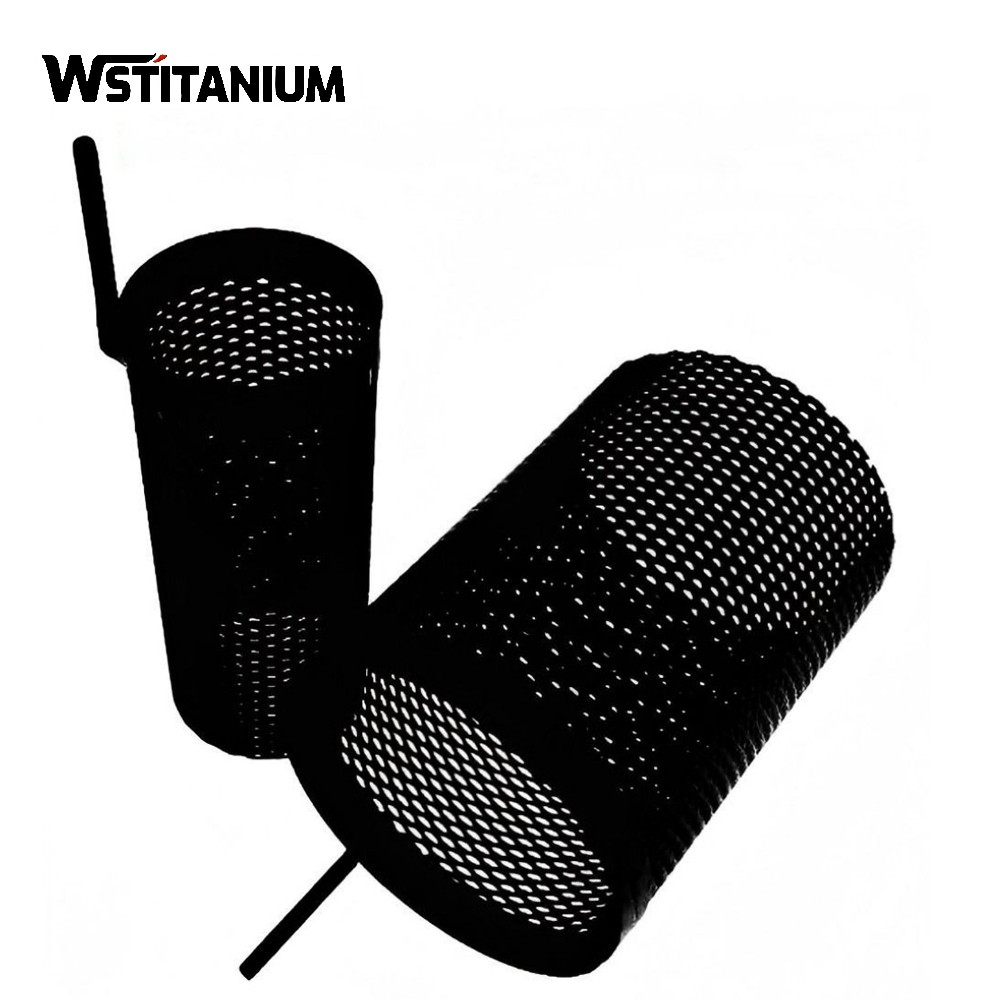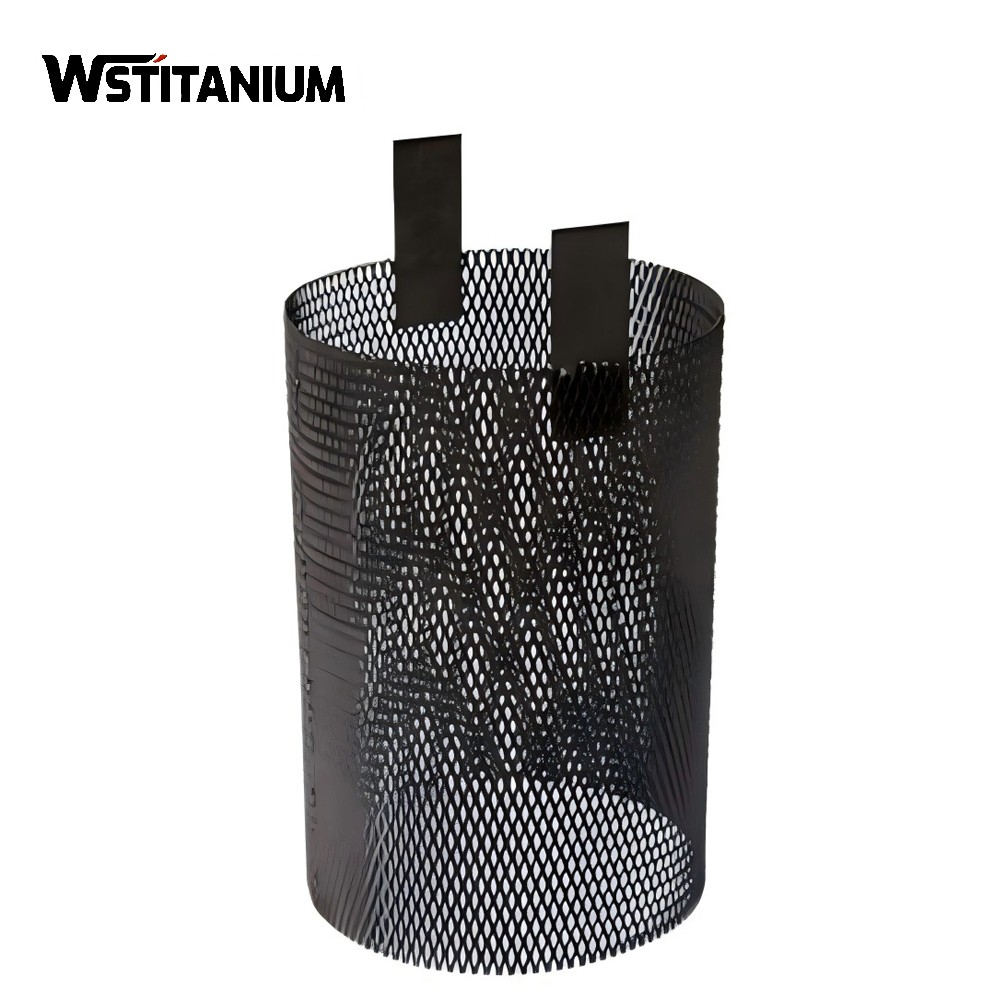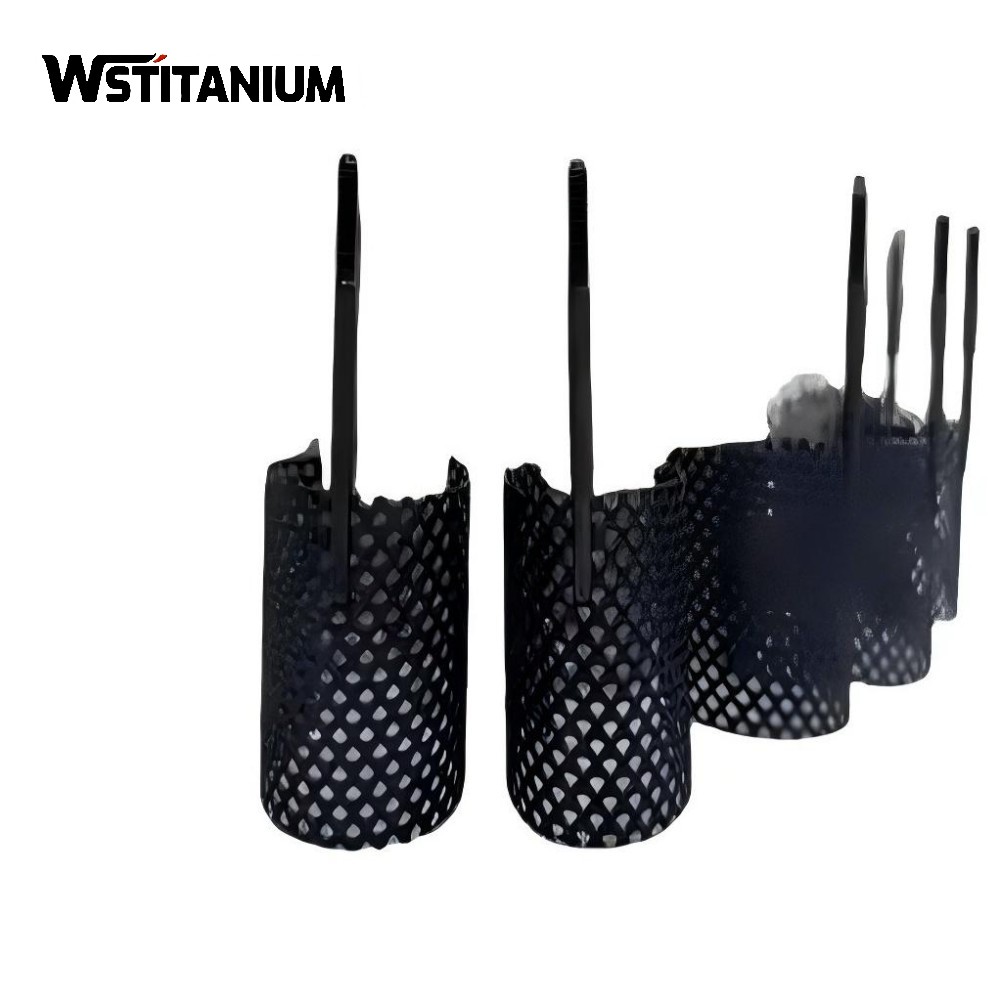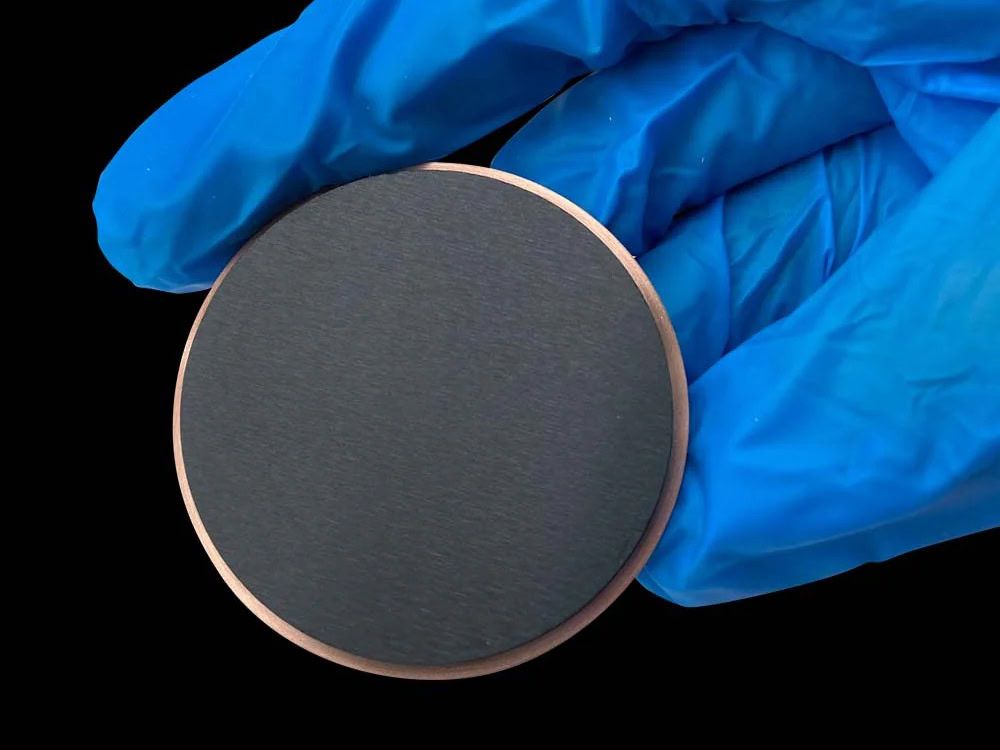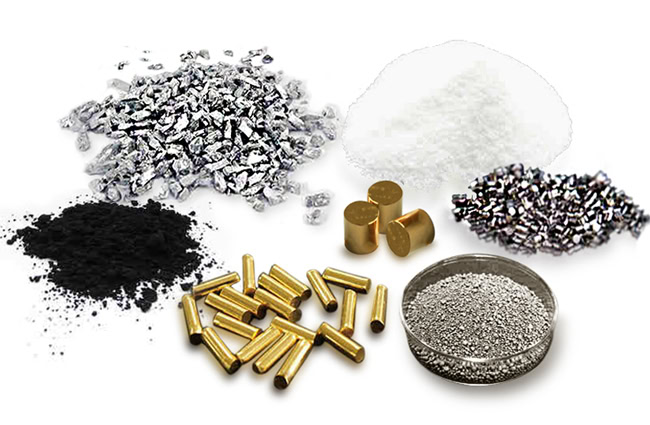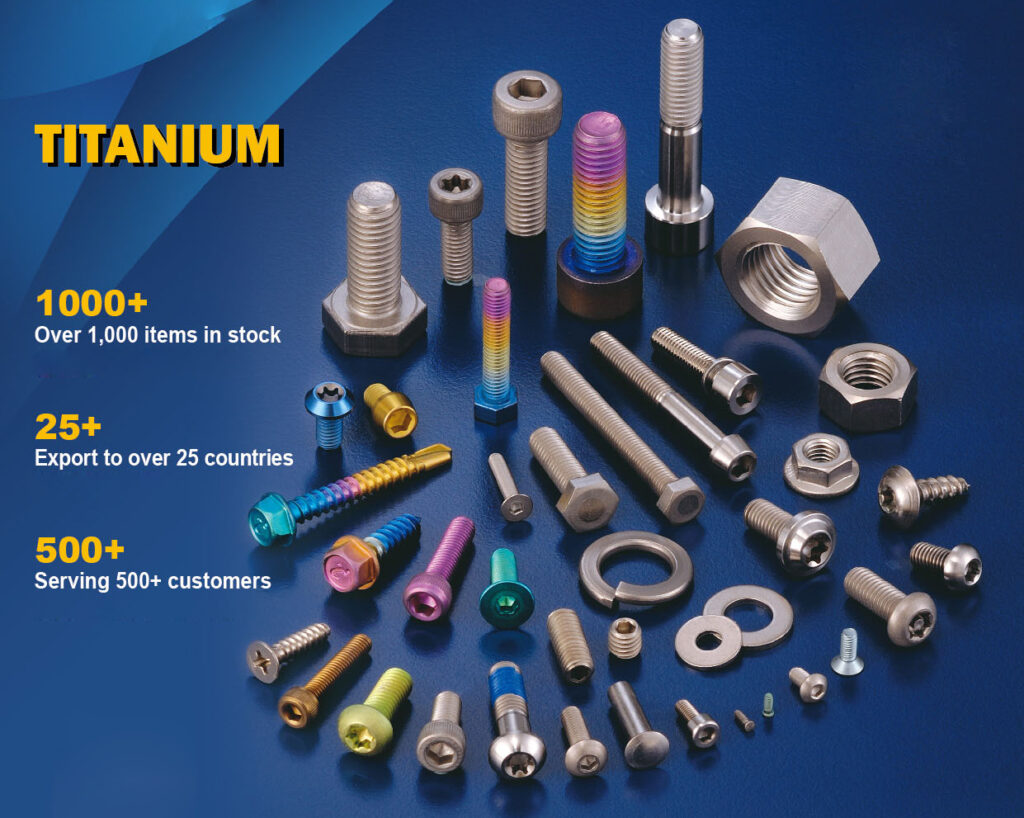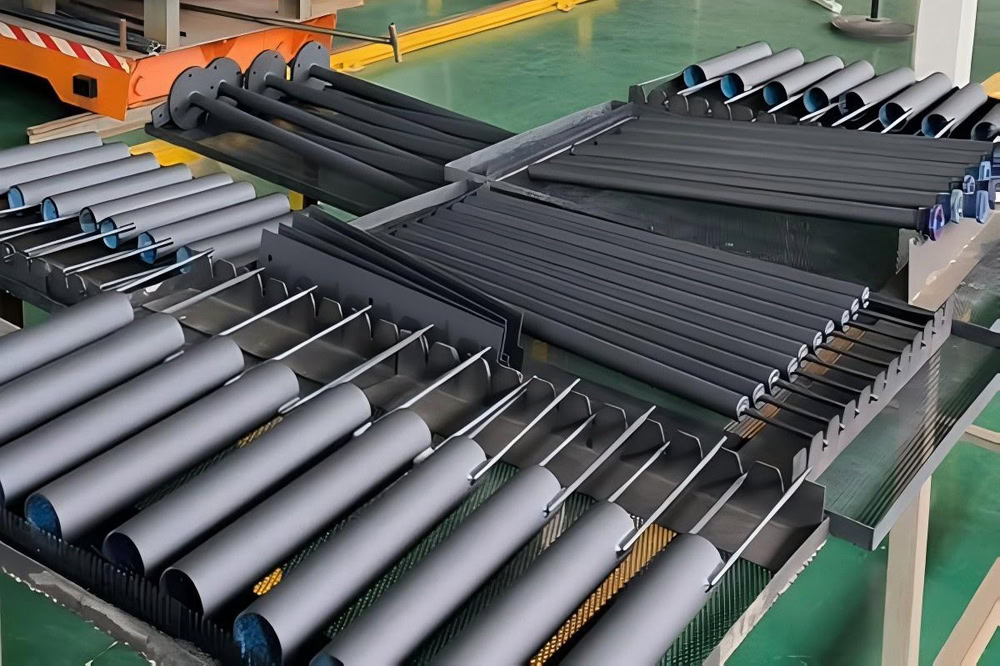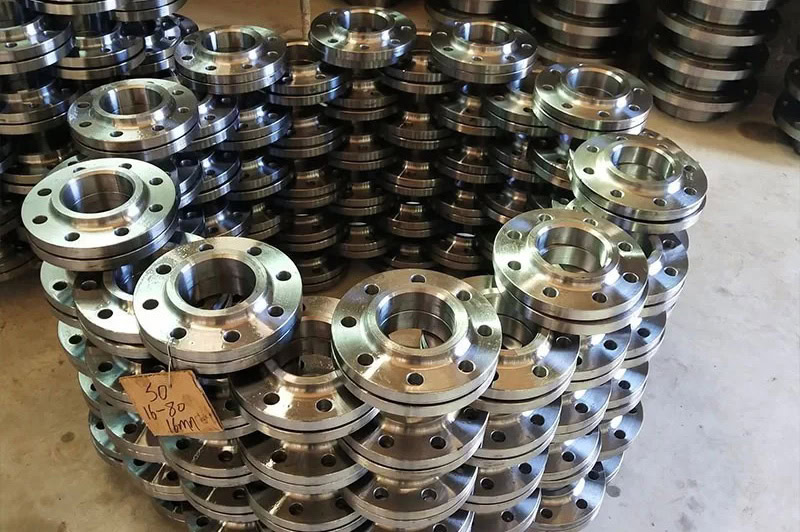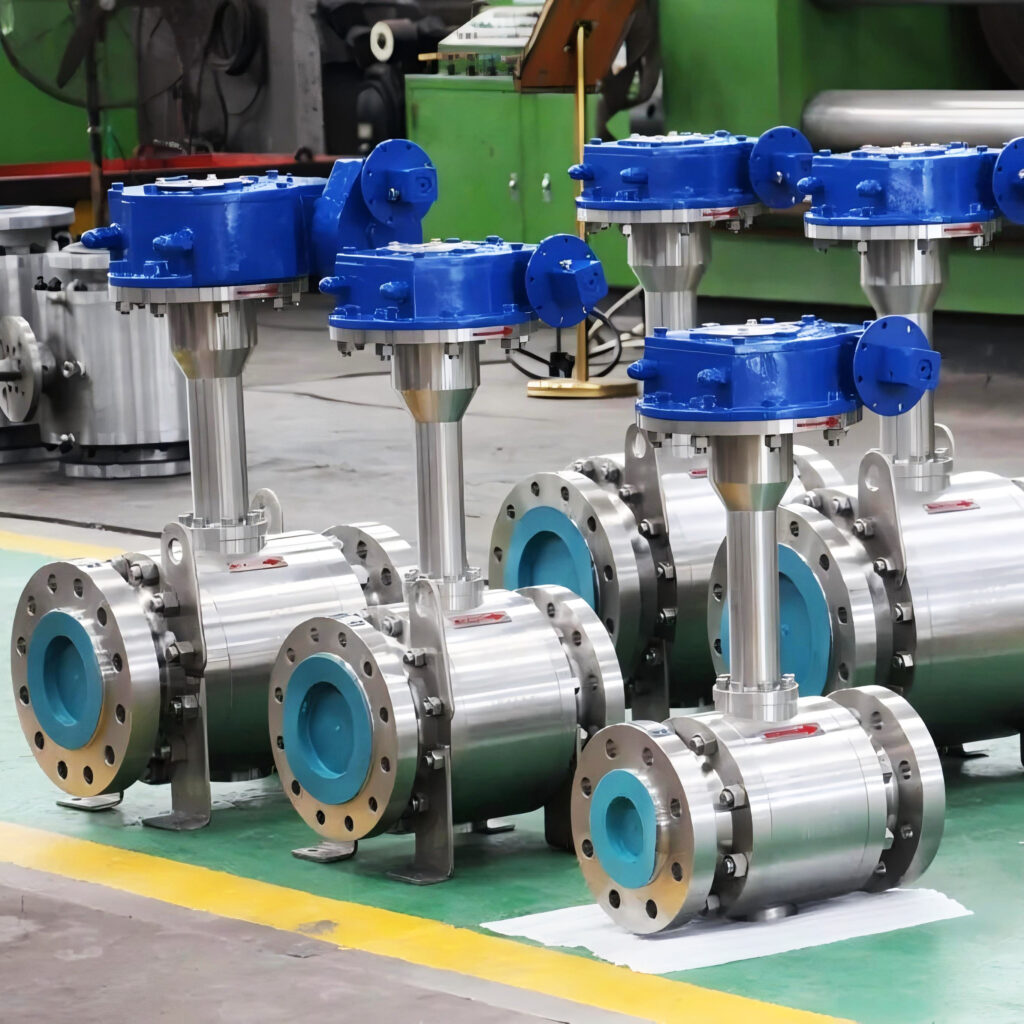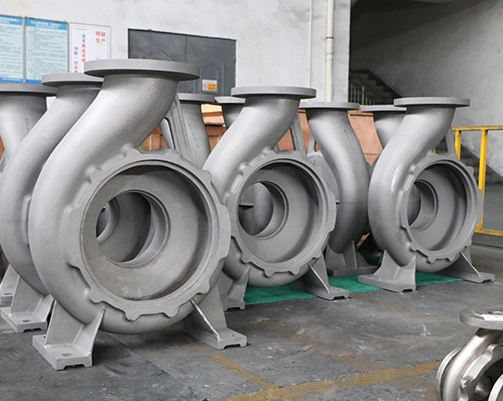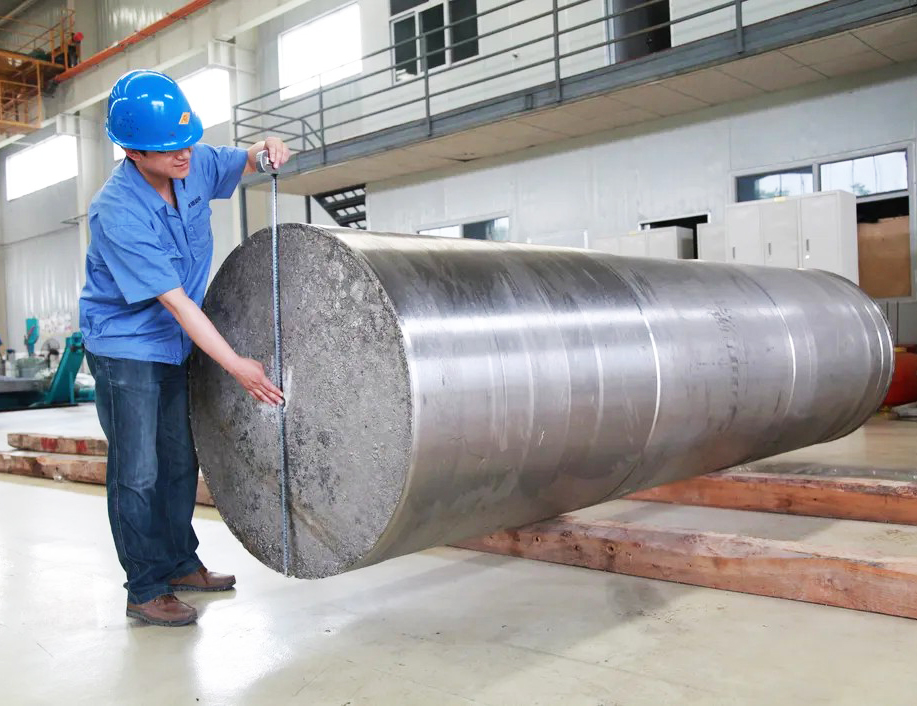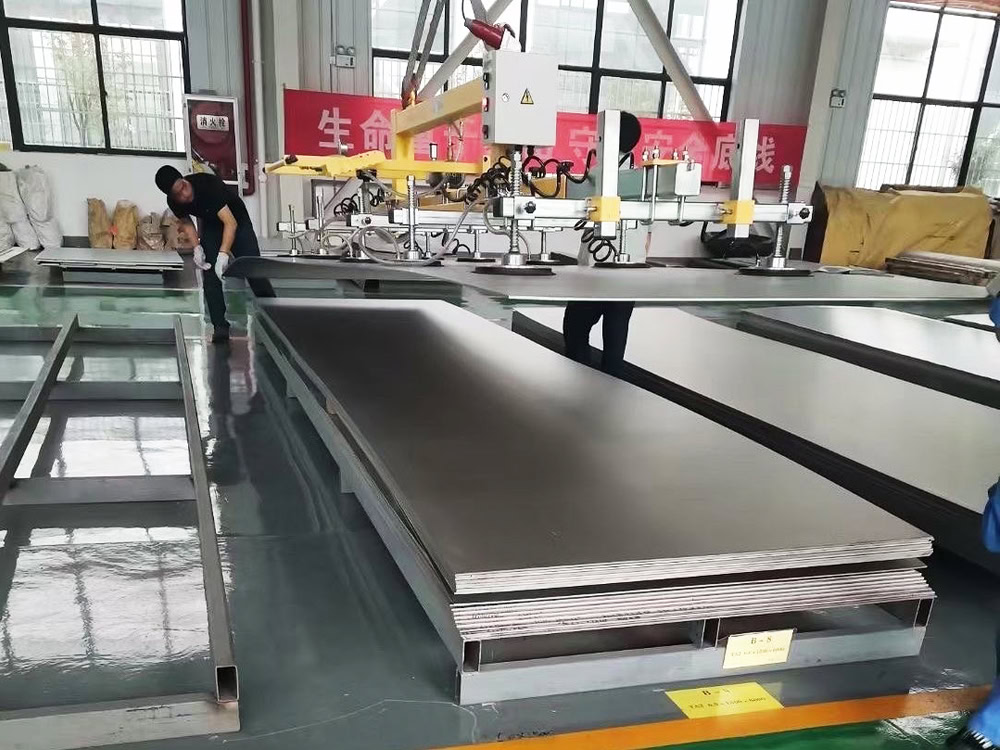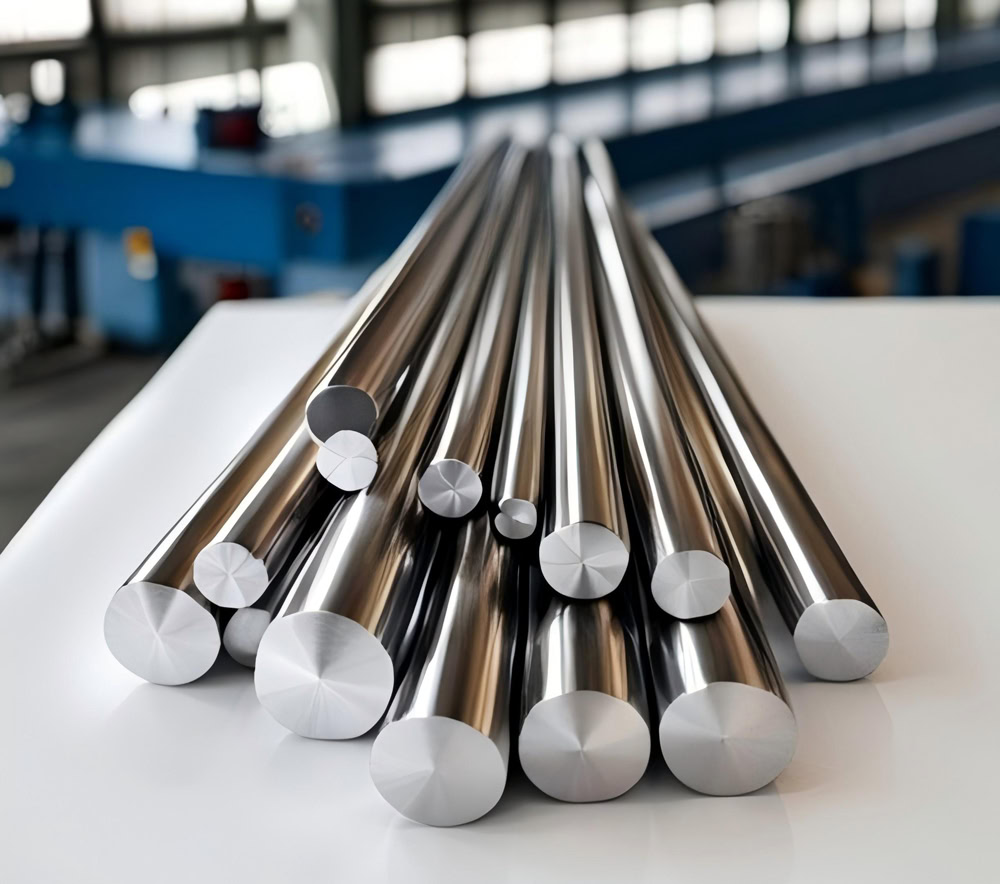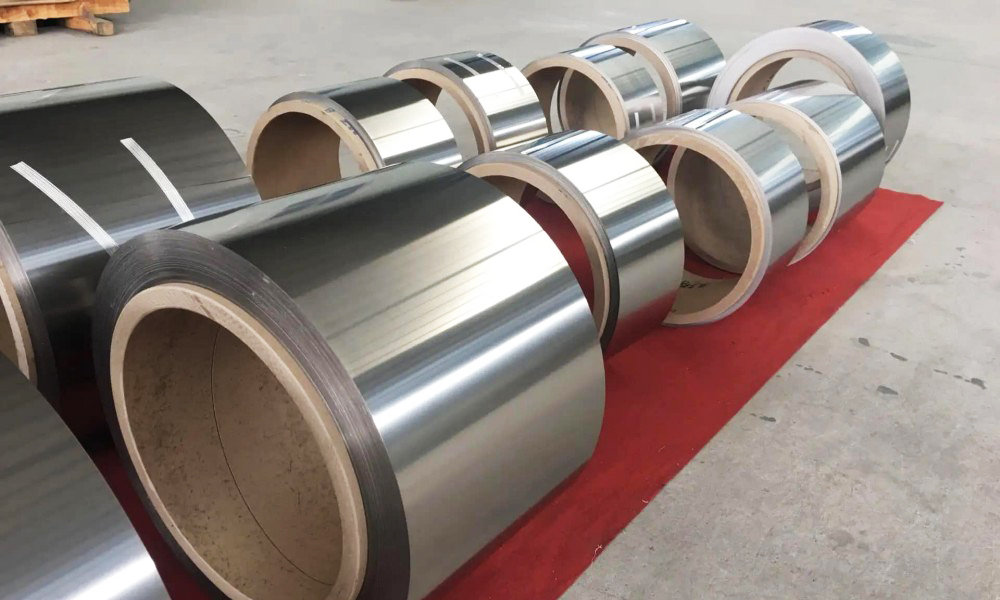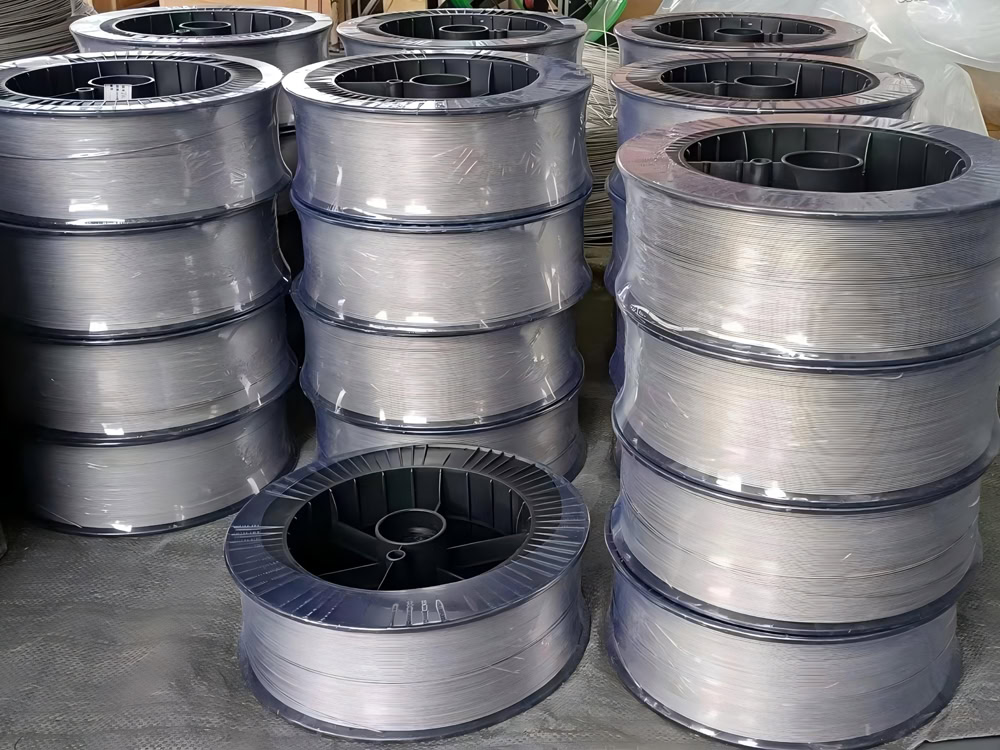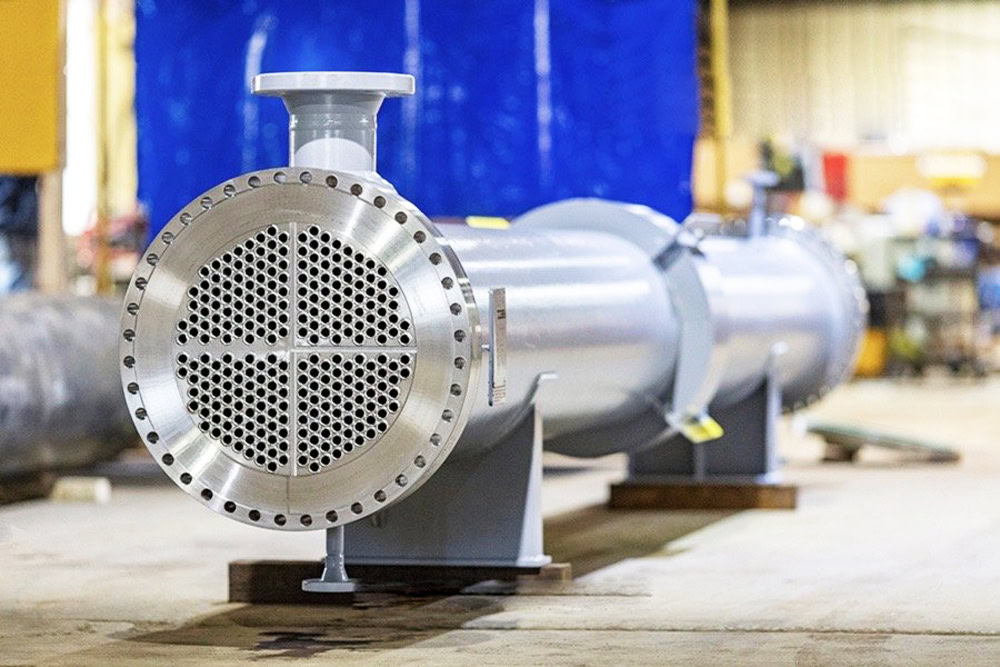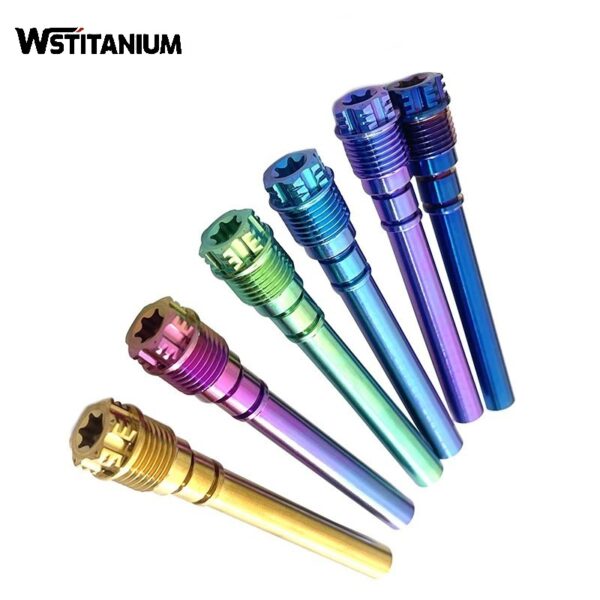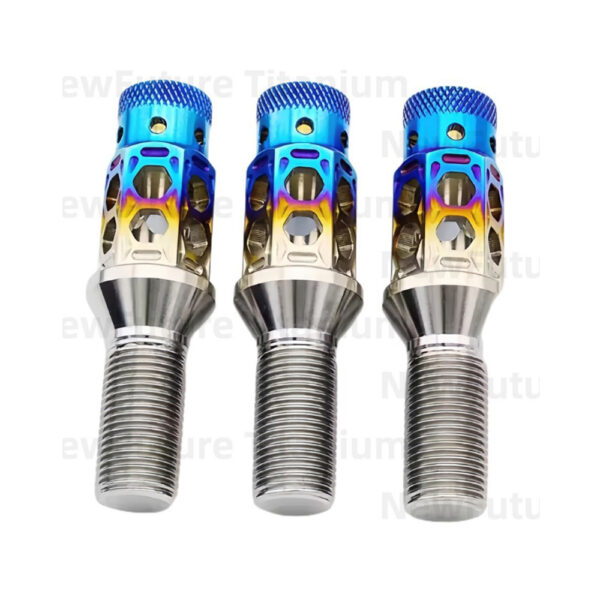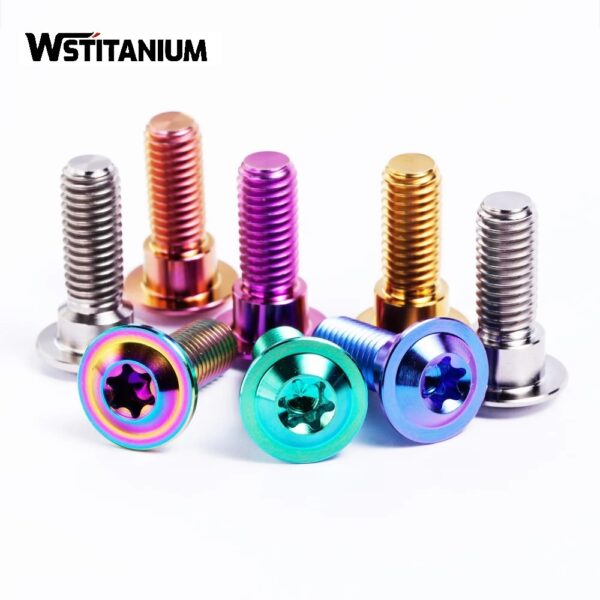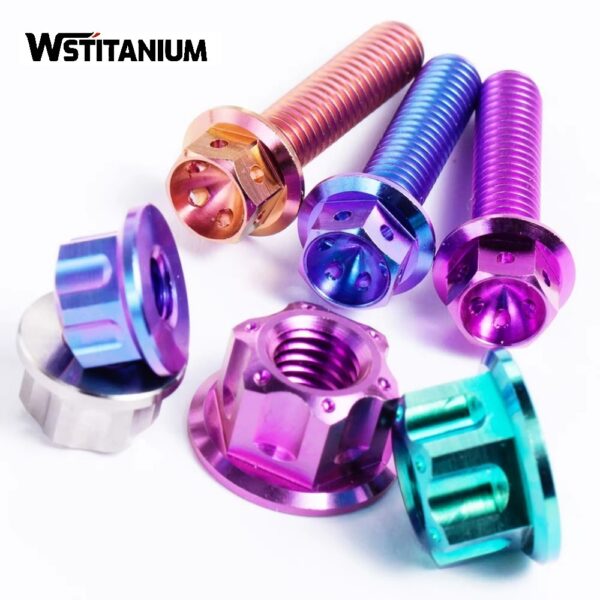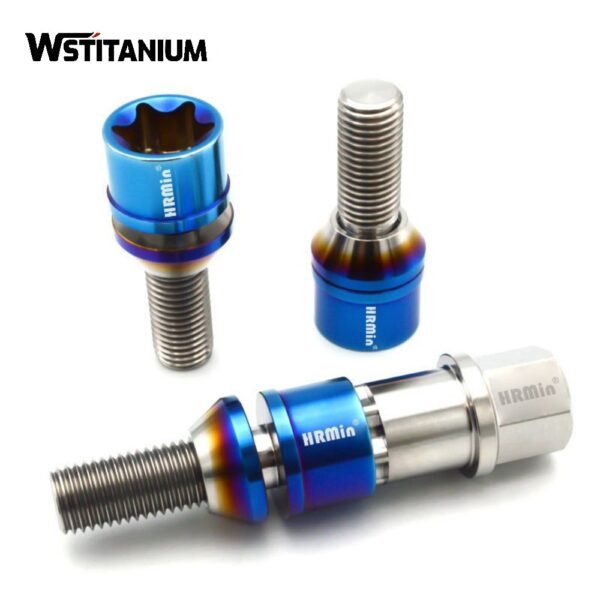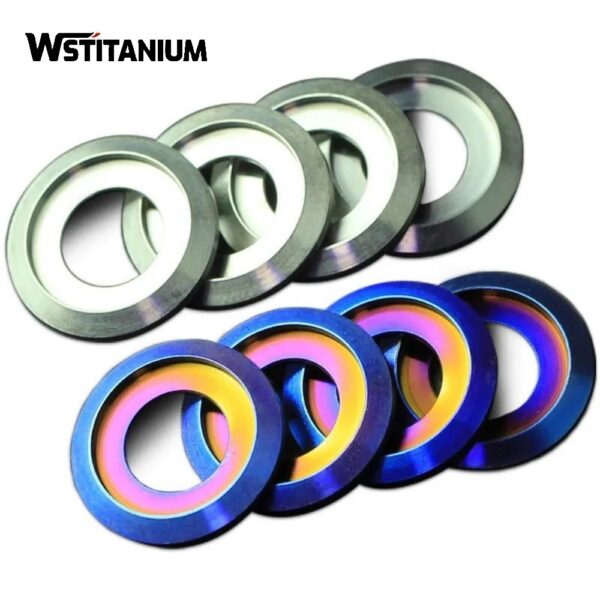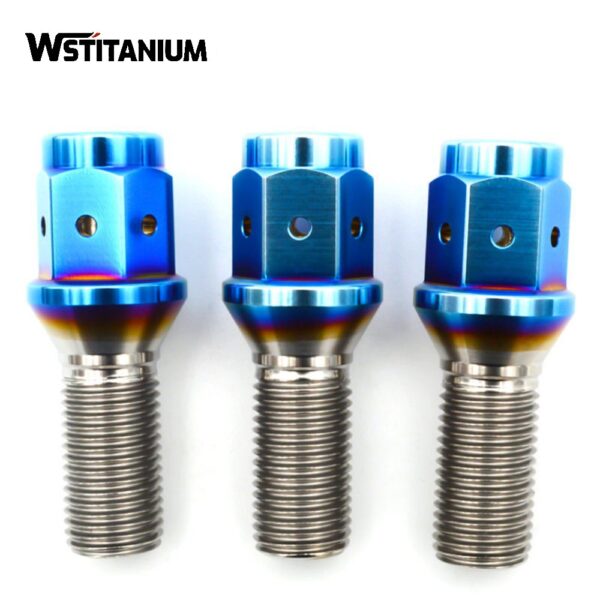MMO Titanium Anode For Medical
Certified: CE & SGS & ROHS
Shape: Requested
Diameter: Customized
Drawings: STEP, IGS , X_T, PDF
Shipping: DHL, Fedex, or UPS & Ocean Freight

20+ YEARS EXPERIENCE SENIOR BUSINESS MANAGER
Ask Michin For What You Want?
From medical device corrosion prevention to medical wastewater treatment, from bioelectrotherapy equipment to disinfection systems, the technological choices in every link are directly related to patient health and the quality of medical care. MMO titanium anodes (titanium-based metal oxide-coated anodes) utilize medical-grade pure titanium as a substrate, coated with precious metal oxides such as ruthenium, iridium, and platinum. These anodes possess three core properties: chemical inertness, high catalytic activity, and long-term stability. The MMO coating precisely regulates electrochemical reactions, achieving disinfection, degradation, and corrosion prevention with low energy consumption. They have been widely used in medical wastewater treatment, dental instrument disinfection, pacemaker electrode corrosion prevention, and electrolyzed water disinfection systems.
| Technical Measurement | Performance |
| Coating Element | Iridium Oxide (IrO₂), Ruthenium Oxide (RuO₂),Platinum |
| Substrate Material | Titanium Gr1 or Gr2 |
| Titanium Anode Shape | Customized Plate/Mesh/Tube/Rod/Wire/Disc |
| Coating Thickness | 8~20 μm |
| Coating Uniformity | 90% min. |
| Current Density | ≤ 20000 A/m² |
| Operating Voltage | ≤ 24V |
| PH Range | 1~14 |
| Temperature | < 80 °C |
| Fluoride Ion Content | < 50 mg/L |
| Warranty | More than 5 years |
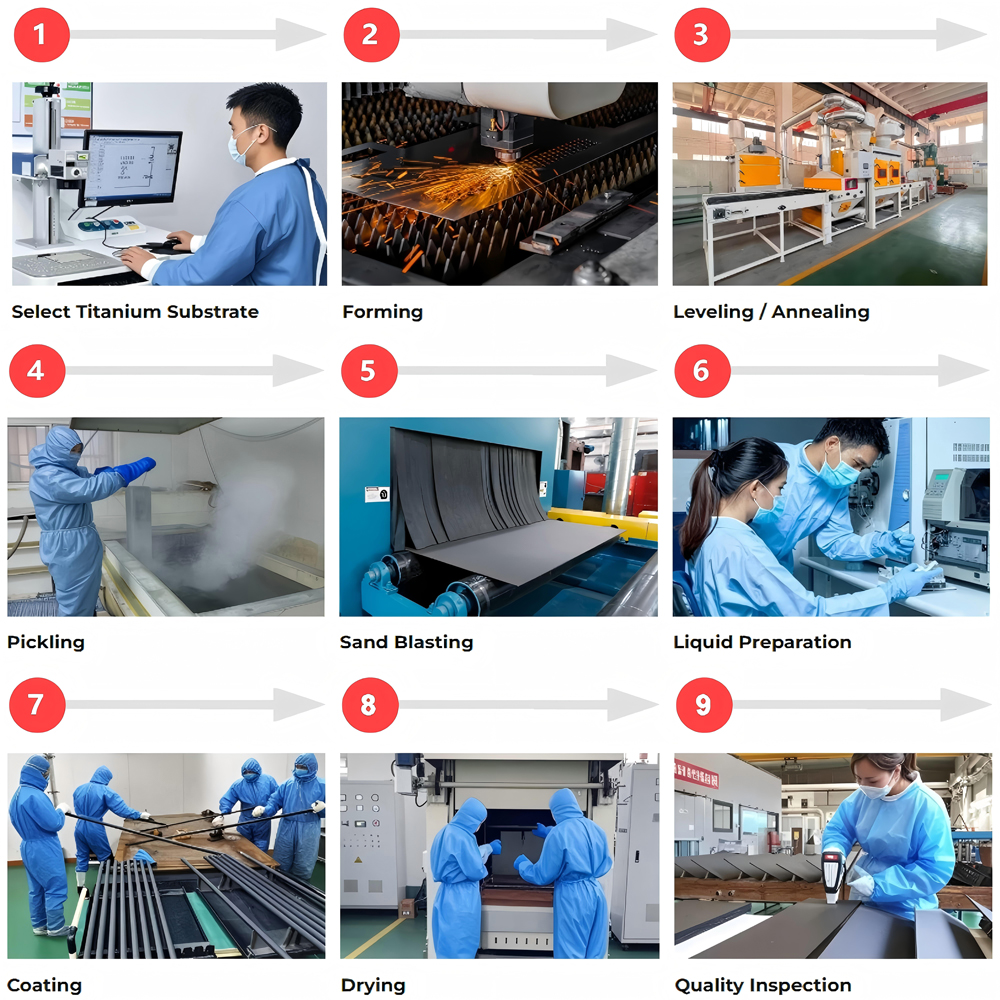
Working Principle of MMO Titanium Anodes
The core application of MMO titanium anodes in medical applications is to leverage the biocompatibility of the titanium substrate and the catalytic activity of the MMO coating. Through precise control of electrochemical reactions, they achieve four major functions: disinfection and sterilization, wastewater purification, equipment corrosion protection, and electrical signal transmission.
Disinfection and Sterilization
This is the most extensive application of MMO titanium anodes in the medical field. Through catalytic electrolysis, they generate strong oxidizing substances, killing pathogens and degrading pollutants.
Chlorine-Containing Systems
Chlorine Evolution Reaction and Chlorine-Based Disinfection: In medical wastewater treatment and environmental disinfection, an appropriate amount of sodium chloride is added to the system (for example, the chloride ion concentration in medical wastewater is typically 500-1000 mg/L). At this point, the ruthenium-iridium-coated anode preferentially undergoes the chlorine evolution reaction: 2Cl⁻ – 2e⁻ → Cl₂↑. The generated chlorine gas quickly reacts with water to form hypochlorous acid (Cl₂ + H₂O ⇌ HClO + H⁺ + Cl⁻). Hypochlorous acid molecules are highly penetrating and can achieve disinfection through the following pathways:
Destroy microbial cell membranes: The strong oxidizing properties of hypochlorous acid can oxidize lipid components in cell membranes, causing pores in the cell membrane and allowing leakage of cellular contents;
Inactivate enzyme systems: Hypochlorous acid reacts with reactive groups such as sulfhydryls (-SH) and amino groups (-NH₂) in microorganisms, inactivating enzyme proteins and blocking metabolic processes;
Destroy genetic material: Hypochlorous acid can oxidize microbial DNA/RNA, causing gene fragmentation and preventing replication.
Hypochlorous acid can also degrade antibiotics (such as cephalosporins and quinolones) in medical wastewater by oxidizing structures such as the β-lactam ring and piperazine ring in the antibiotic molecules, rendering them inactive and preventing environmental contamination and the development of drug-resistant bacteria.
Chlorine-Free System
Oxygen evolution reaction and reactive oxygen species disinfection are essential for applications such as medical pure water disinfection and environmental purification around implantable devices, where chlorinated byproducts must be avoided. In this case, the iridium-tantalum-coated anode dominates the oxygen evolution reaction, generating reactive oxygen species through multiple pathways:
Hydroxy radical (・OH): H₂O – e⁻ → ・OH + H⁺, with an oxidation potential as high as 2.8V, can non-selectively degrade nearly all organic pollutants while rapidly killing viruses and bacterial spores.
Ozone (O₃): 3H₂O – 6e⁻ → O₃↑ + 6H⁺, achieves broad-spectrum sterilization by disrupting the phospholipid bilayer of microbial cell membranes.
Hydrogen peroxide (H₂O₂): 2H₂O – 2e⁻ → H₂O₂ + 2H⁺, possesses mild oxidizing properties and can be used to disinfect sensitive medical devices (such as endoscopes) without damaging them.
A hospital’s hemodialysis water treatment case study demonstrated that an electrolysis system using an iridium-tantalum anode reduced the total bacterial count in water from 100 CFU/mL to below 1 CFU/mL in just 5 minutes, with an endotoxin content of less than 0.03 EU/mL, fully meeting the stringent standards for hemodialysis water.
Corrosion prevention
This is one of the core applications of MMO titanium anodes in medical devices. By protecting device integrity and optimizing electrical signal transmission, they ensure the safety and reliability of medical devices. Electrochemical corrosion prevention (cathodic protection) is a mechanism used for medical devices (such as central oxygen supply piping, surgical instruments, and wastewater treatment equipment) exposed to corrosive environments (such as body fluids and chlorinated wastewater) for extended periods, making them susceptible to oxidative corrosion. MMO titanium anodes act as auxiliary anodes, outputting a DC current that causes the protected metal (such as stainless steel pipes or titanium alloy instruments) to become a cathode, thereby inhibiting the oxidation reaction (i.e., corrosion) that causes the metal to lose electrons.
Anodic Reaction: The MMO coating catalyzes electrolyte oxidation (e.g., oxygen and chlorine evolution), providing a continuous current.
Cathode Reaction: A reduction reaction occurs on the protected metal surface (e.g., 2H₂O + 2e⁻ → H₂↑ + 2OH⁻), generating OH⁻, which combines with Ca²⁺ and Mg²⁺ in the water to form a protective film, further slowing corrosion.
A case study on central oxygen supply pipeline protection in a hospital demonstrated that the use of tubular ruthenium-iridium anodes for cathodic protection reduced the pipeline corrosion rate from 0.1mm/year to 0.005mm/year, extending its service life from 5 years to over 20 years and eliminating the risk of oxygen leakage and contamination.
Electrical Signal Conduction
In implantable devices such as pacemakers and neurostimulators, platinum-coated titanium anodes serve as electrode contacts. Their operating principle is based on “low-impedance electrical signal transmission”:
High conductivity: Platinum has a resistivity of only 10.6 μΩ·cm, significantly lower than titanium (420 μΩ·cm). This reduces the contact resistance between the electrode and human tissue, minimizing electrical signal transmission losses.
Guaranteed biocompatibility: The platinum coating is non-reactive with body fluids, producing no corrosion products or irritating tissue, ensuring long-term stable operation.
Precise electrical signal control: The surface roughness of the MMO coating (platinum) can be controlled through precision machining (Ra < 0.1 μm), ensuring a stable contact area between the electrode and tissue, minimizing electrical signal fluctuations, and ensuring precise functioning of functions such as pacemaker heart rate regulation and neurostimulator pain relief.
Wstitanium strictly adhere to global medical device safety standards. The titanium substrate is made of medical Gr1 pure titanium that meets ASTM F67 standards and has passed SGS biocompatibility testing (cytotoxicity, sensitization, and irritation). The coating utilizes 99.99% pure medical-grade ruthenium, iridium, and platinum oxides, free of heavy metal impurities, meeting the medical-grade material requirements of FDA 21 CFR Part 177, “Polymeric Materials in Contact with Food.” All products have received multiple authoritative certifications, including FDA medical device registration, CE MDR (European Union Medical Device Regulation), and ISO 13485 medical device quality management system certification, ensuring their suitability for direct use in medical device development and healthcare facilities. Precision coating techniques (such as sol-gel method and high-temperature sintering) reduce metal ion leaching to less than 0.001 mg/L, significantly below the 0.01 mg/L limit for medical-grade materials in GB 4806.1-2016, “National Food Safety Standard – General Safety Requirements for Food Contact Materials and Articles.”
Related products
-
Titanium Fasteners
Motorcycle Titanium Bolts Pin
-
Titanium Fasteners
Titanium Bolts Supplier
-
Titanium Fasteners
Titanium Fasteners For Bicycles
-
Titanium Products
Titanium Fasteners For Motorcycles
-
Titanium Fasteners
Anodized Titanium Nut
-
Titanium Fasteners
Titanium Screws and Bolts
-
Titanium Fasteners
Colored Titanium Washers
-
Titanium Fasteners
Colored Automotive Titanium Bolts
